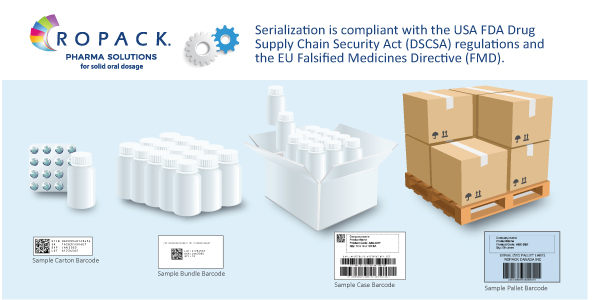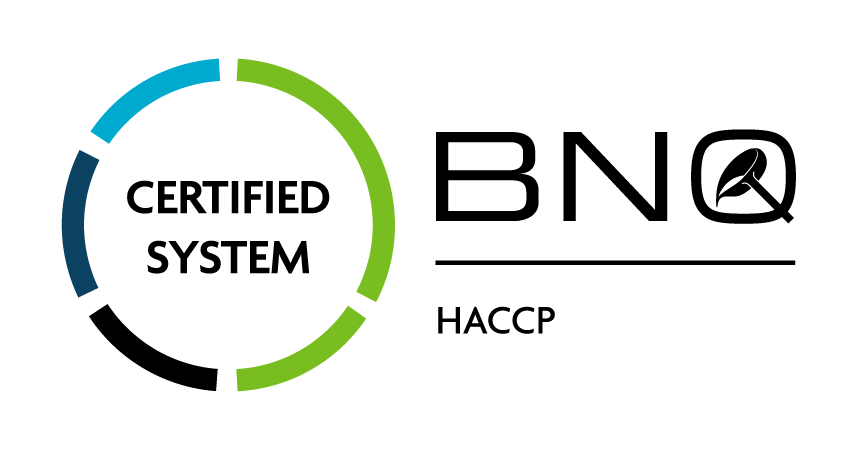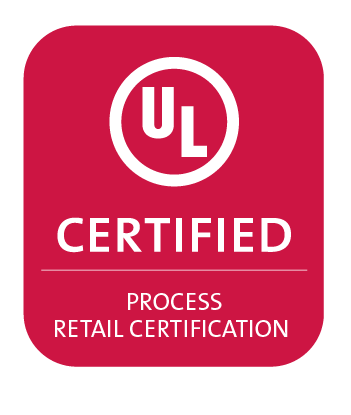 What Does The Deferment In The DSCSA Deadline Enforcement Mean For Your Organization?
What Does The Deferment In The DSCSA Deadline Enforcement Mean For Your Organization?
When the US Food and Drug Administration (FDA) announced on June 30 its intention to postpone taking action against pharmaceutical companies and CMOs who do not meet the DSCSA mandated deadline of November 2017, a collective sigh of relief spread through the pharmaceutical manufacturing industry. The one-year delay should not, however, be interpreted as a “free pass.” On the contrary, the FDA directive is firm: prescription drug manufacturers are required to meet the November 27, 2017 deadline for affixing or imprinting product identifiers to each package and homogenous case of products “intended to be introduced in a transaction into commerce,” even though the FDA postpones enforcement until November 28, 2018.

What Went Wrong?
Implementing Product Identifier Requirements under the DSCSA is a complex undertaking. When the November 2017 deadline was established, stakeholders moved slowly, and often reluctantly, in taking steps toward compliance. Those steps led them down a path of prohibitive costs, considerable staff engagement, backlogged suppliers and an overwhelming commitment of time. As the 2017 deadline loomed, it became apparent that not all CMOs and pharmaceutical manufacturers had plans or meaningful ability to prepare for this year’s serialization deadline.
Organizations underestimated the scope of the undertaking. Regrettably, when they came to understand that adding new equipment and a bit of software would not get them serialization-ready, and that all areas of the company had to be engaged and have a role, meeting the 2017 deadline was, for many, unattainable.
The Year Will Pass Just As Quickly. The Clock Starts Now.
The FDA’s extension of the enforcement deadline sends a clear signal: additional delays will not be given. The law stands firm. The postponement, in short, allows a one-time “do-over.” Implementing a serialization project requires an average of 18 months, yet the FDA is allowing a grace period – for enforcement only — of 12 months, so there is no wriggle room. Each day leaves one day fewer to reach compliance.
Stay in front of the deadline by ensuring that all components of the complex serialization process are addressed, aligned with other key elements and sufficient progress is made.
A robust serialization strategy evolves when all segments of an organization are actively involved in its conception. For example:
• Equipment installation requires IT to connect and validate data transfer.
• Quality Assurance must revise batch records.
• Marketing is responsible for updating packaging artwork to accommodate codes and other mandatory information required on labels.
• The requisite capital expenditures are fundamental to the process, thus involving finance and other C-Suite personnel.
Important to consider, too, is that many hardware and software companies experienced a backlog and have been unable to deliver their product on time. It is reasonable to believe that this bottleneck will continue as demand from non-compliant organizations remains. Identify equipment needs early and do not delay in ordering.
Serialization Still Not Achievable? There’s A Practical Solution.
For some pharmaceutical manufacturers and CMOs, the breadth of details and sizable expense impede their ability to meet the DSCSA’s mandated regulations. For many of them, the pragmatic resolution is to outsource their serialization.
The process would operate like this:
• Manufactured and packaged pharmaceutical products would be sent to a contract serialization organization.
• Pharmaceutical products/packages would be serialized to customer specifications, compliant with the FDA DSCSA regulations.
• Newly serialized products/packages would be shipped to destinations designated by the customer.
In addition to the obvious benefit of adhering to the FDA deadline, customers maintain core manufacturing and packaging partners while generating significant labor and capital cost savings.
Determining your plan now for serialization readiness can put the worries of DSCSA costs and timelines behind you and patient safety back where it belongs — at the forefront.






